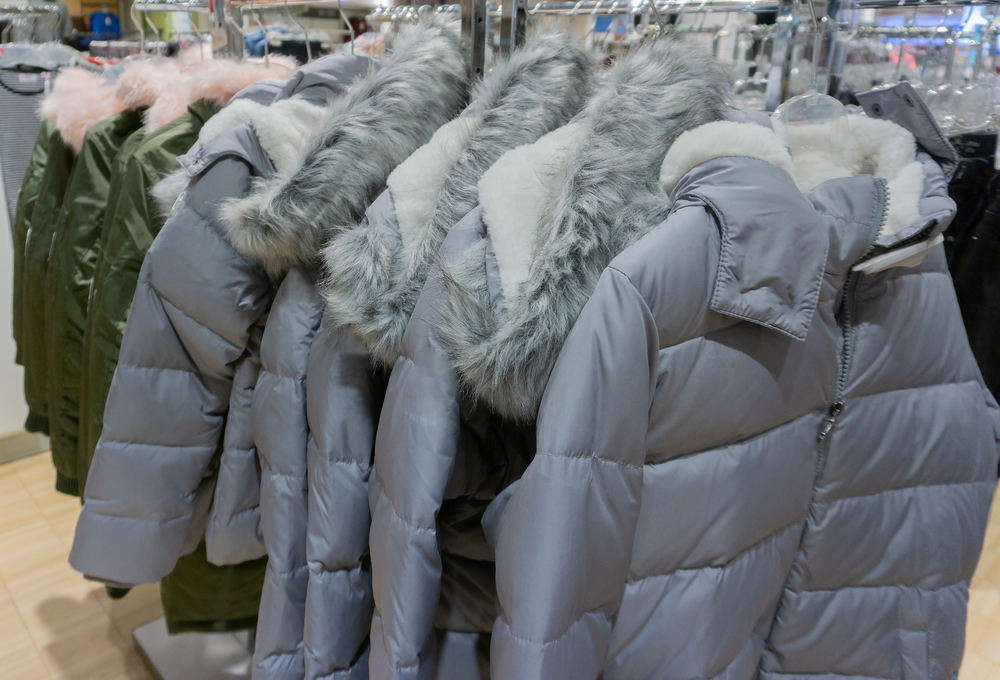NET FILL PROBLEMS AND SOLUTIONS

One of the most common problems of finished products assembled in Asia and exported to Europe or the USA is the discrepancy in the net fill weight of the fill material.
Down and Feather easily absorb water. If down jackets or bedding are filled in humid conditions in Asia, the net fill weight will be artificially high.
After the product is shipped to Europe, the net fill weight of the down will likely be artificially lower because humidity will be very low (especially in the winter when interior spaces are heated).
To resolve this discrepancy, the following steps should be taken:
- The buyer and the manufacturer must agree on an acceptable tolerance. This tolerance can be in the form of ± grams or ± %.
- The buyer and the manufacturer should agree on the climate conditions to determine the official net fill weight of the product. We strongly recommend that all tests be performed in the world-wide official textile laboratory conditions of 20° C and 65% Relative Humidity.
- The manufacturer should send a few bags of down and feathers weighed at exactly 100g, 200g, etc., to a test laboratory like IDFL. IDFL will test the material weight in lab conditions of 20° C and 65% Relative Humidity. The manufacturer can compare with his original weight and determine the ratio of filling weight in local conditions to weight in a controlled climate.
- After assembly of some of the first test jackets, the manufacturer should send a couple of jackets to IDFL to verify weight in a finished product.
- The buyer should select jackets at random after arrival in Europe. These jackets should be sent to IDFL for testing in controlled climate conditions. (Testing the fill weight in dry interior rooms will result in an artificially low net fill weight.)
- IDFL will issue reports with expected weights, actual weights, % of actual weights, % fill of total garment weights, etc.
- IDFL can also complete a panel-by-panel detail of net fill weight.
